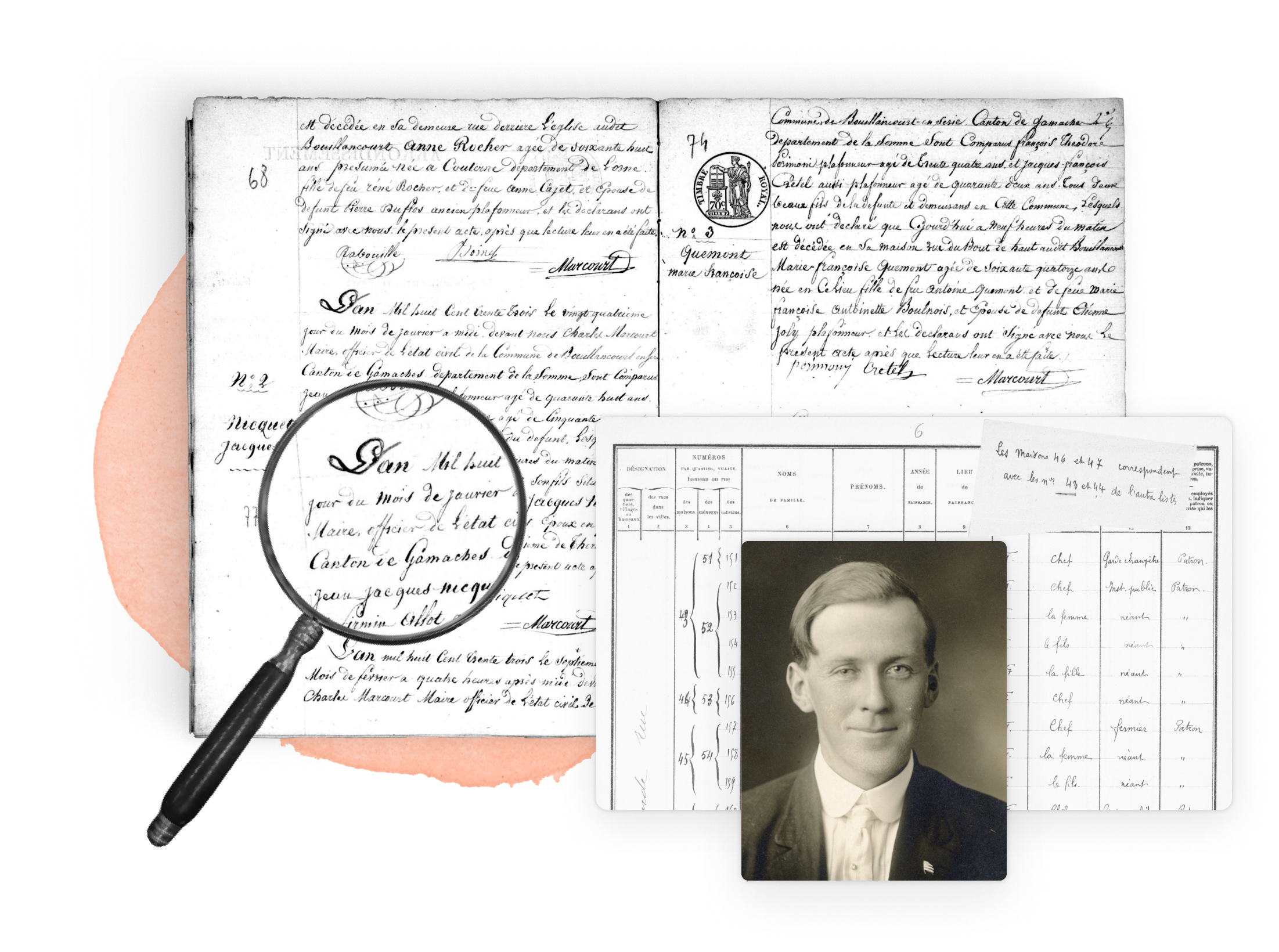The Unification of Romania is a historical process which primarily occurred between the middle of the nineteenth and the middle of the twentieth centuries in different stages. ‘Romania’ as a historical concept is synonymous with the ancient Kingdom of Dacia that the Romans conquered in 106 CE and which then became the province of Dacia. In the Early Middle Ages, after the Slavic migrations into the Balkans, the region was carved up and ruled by many different powers like the Avars. In the late medieval and early modern periods three different principalities emerged here, Transylvania, Wallachia and Moldavia, often sometimes falling under the vassalage of the Turkish Ottoman Empire. In 1878, at the end of one of the many Russo-Turkish Wars, Wallachia and parts of Moldavia were formed into what became the Kingdom of Romania. However, many Romanian nationalists perceived that large parts of historic ‘Romania’ still lay outside of the new Kingdom of Romania, particularly in Transylvania, a part of the Austro-Hungarian Empire at the time. During the first half of the twentieth century Romania ended up at war with several of its neighbors to try and reclaim these territories. This process was broadly successful in expanding the Romanian state and has resulted in modern Romania incorporating most of Transylvania and other territories that it did not originally have in 1878.[1]
Research your ancestors on MyHeritage
Unification of Romania chronology of events

Many of Europe’s countries owe their existence to ancient ideas about what constituted a geographical region, particularly Greek and Roman ideas. For instance, the Romans knew the parts of Europe extending eastwards from the River Rhine as Germania and Polonia.[2] While the borders shifted over time, the concept of countries called Germany and Poland have their origins in these Roman ideas. The same holds true of other countries. One such is Romania. The Romans knew this as Dacia or the Kingdom of Dacia. It was one of the last provinces conquered by the Romans, who completed the destruction and annexation of the Dacians in 106 CE during the reign of the Emperor Trajan. Thereafter, the province was one of the most heavily colonized of all Roman provinces. So deep did Roman rule run after a certain period of time that this is the only part of the eastern empire that Latin, rather than Greek, became the most commonly spoken language. Romanian is the only Romance language derived from Latin today which is found in Eastern Europe. Hence, over time the idea developed that Dacia was actually Romania, ‘the land of the Romans’.[3]
As part of the northern frontier of the Roman Empire, Dacia experienced incursions by a wide range of Germanic and then Slavic tribes from as early as the second century CE. In medieval times it slipped out of the control of the Eastern Roman Empire and became part of various powers that came and went like the empires or kingdoms of the Avars and Bulgars. Over time the concept developed that this was actually a number of different regions, the foremost being Wallachia in the south, Moldavia in the north and Transylvania in the west. By the late medieval period there were even three independent princes or voivodes often ruling over these three principalities. The story of the unification of Romania in modern times is largely the effort of Romanian nationalists to unite these three regions into one state and recreate the ancient land of Dacia or Romania.[4]

By the end of the eighteenth century, Transylvania had largely come under the rule of the Austrian Empire, what became the Austro-Hungarian Empire after 1867, while Wallachia and Moldavia were vassal states on the northern frontier of the Turkish Ottoman Empire. The Ottomans were declining though as a power and the Russian Empire was often gaining at their expense all around the Black Sea world in a series of nearly a dozen wars fought between the two countries between the late sixteenth and early twentieth centuries. One of the most significant of these wars was fought between April 1877 and March 1878. The Russians won a punishing victory and extracted major concessions from the Turks. However, because the Russians were wary of British, French, Austrian and German concerns about their growth in the region, they did not annex a lot of territory directly and instead set up new independent states out of Ottoman lands. One of these was what was turned into the Kingdom of Romania in 1881. It consisted, broadly speaking, of Wallachia and much of Moldavia, but not Transylvania.[5]

The issue of Transylvania being incorporated into the Kingdom of Romania would dictate much of the country’s politics and foreign policy over the next century. Notably, during the First World War, Romania entered the conflict in 1916, after initially remaining neutral, on the side of Britain, France and Russia, the Entente alliance. This pitched Romania against the Central Powers of Germany, the Ottoman Empire, Austria-Hungary and Bulgaria. The primary goal was to end up on the winning side and acquire Transylvania from Austria-Hungary. This was achieved, though in a circuitous way. Because of its isolated position, Romania was initially defeated heavily by the Central Powers and was forced into a disadvantageous set of peace terms. But just months later, as France, Britain and the United States defeated Germany on the Western Front in northern-eastern France and Belgium, the Romanians re-entered the war.[6] This continued in 1919 and saw Romania invading Transylvania as the Austro-Hungarian Empire disintegrated in the aftermath of the First World War. Through the Treaty of Trianon which was finally agreed between the Entente allies and the newly independent country of Hungary in the summer of 1920, a majority of Transylvania, primarily in the southern half of the province, was given to Romania.[7]

After the First World War the unification of Romania went through ups and downs. In the first year of the Second World War Romania lost large tranches of its territory. The Soviet Union invaded Bessarabia, a region around where Moldova is today as part of its non-aggression pact with Nazi Germany, while Bulgaria and Hungary were awarded territories by the Germans in return for allying closer with Adolf Hitler’s government during the war. In turn, a coup occurred in Romania in early September 1940 which brought Ion Antonescu to power who allied more closely with the Nazis. In return he hoped to reacquire Romania’s lost territories and also parts of south-western Ukraine.[8]
In the end, it was bizarrely the Soviet Union which completed the modern reunification of Romania, although perhaps this was not as strange as it seems, given that the Russian Empire had been responsible for Romania first acquiring its modern independence in 1878. As Red Army soldiers invaded Romania in 1944, the country was slowly turned into a communist satellite state and the lands which Hungary and others had acquired from it early on in the war were returned to Romania. Thus, modern-day Romania remains a country composed of Wallachia, Moldavia and much of Transylvania, although Romanian irredentists maintain that both northern Transylvania (part of Hungary today) and Bessarabia (the modern-day country of Moldova) are also part of historic Romania.[9]
Extent of migration caused by the Unification of Romania
The unification of Romania involved quite a lot of migration as different ethnic groups crossed newly created borders. This was not wholly unusual for a part of the Balkans in the late nineteenth and early twentieth centuries. As the Ottoman Empire fell apart it often engaged in ethnic population transfers involving hundreds of thousands of people, or even millions in the case of Greece. The same occurred to an extent with the unification of Romania, although the primary movement in this instance was of Hungarians out of Transylvania and into Hungary itself after the Treaty of Trianon was agreed to, while some Romanians also moved into Transylvania, engaging in a kind of latter-day internal colonization. The scale of this was most significant after the First World War, when approximately 200,000 ethnic Hungarians are believed to have left southern Transylvania and moved into lands now under the control of the newly independent Hungary.[10]
Demographic impact of the Unification of Romania

The unification of Romania had a demographic impact on parts of the eastern Balkans in different ways. It primarily led to Transylvania becoming more Romanian and Hungarian. Thus, as in other countries which emerged in the Balkans out of the decline and fall of the Ottoman Empire, it led to Romania becoming more ethnically homogenous than it would have otherwise been. However, it was not absolute a process here as in places like Greece. While hundreds of thousands of ethnic Hungarians eventually moved out of southern Transylvania, for instance, there is still a very substantial Hungarian ethnic minority within western Romania to this day, particularly within the Szekerland, a subdivision of south-eastern Transylvania in the middle of modern-day Romania where Hungarians remain the dominant ethnic group to this day. Hungarians constitute 6% of the population of the country as a whole. Indeed, the Transylvania issue remains a politically contentious one between Hungary and Romania to this very day.[11]
See also
Explore more about the Unification of Romania
- Romania, Iași, Civil Status Records records collection on MyHeritage
- Romania, Claims Conference from JewishGen records collection on MyHeritage
- Bucovina, Jewish Birth Records from JewishGen records collection on MyHeritage
- How to Search for Your Family in East European Archives on the MyHeritage Blog
References
- ↑ https://www.bbc.co.uk/news/world-europe-17776876
- ↑ https://penelope.uchicago.edu/thayer/e/roman/texts/strabo/7a*.html
- ↑ https://www.livius.org/articles/place/dacia/roman-dacia/
- ↑ Keith Hitchins, A Concise History of Romania (Cambridge, 2014).
- ↑ https://www.encyclopedia.com/history/encyclopedias-almanacs-transcripts-and-maps/russo-turkish-war
- ↑ https://encyclopedia.1914-1918-online.net/article/romania-1-1/
- ↑ https://encyclopedia.1914-1918-online.net/article/trianon-treaty-of/
- ↑ Dennis Deletant, Hitler’s Forgotten Ally: Ion Antonescu and his Regime, Romania, 1940–1944 (London, 2006).
- ↑ Trond Gilberg, Nationalism and Communism in Romania: The Rise and Fall of Ceausescu’s Personal Dictatorship (Boulder, Colorado, 1990).
- ↑ https://bristoluniversitypressdigital.com/edcollchap/book/9781847429377/ch009.xml
- ↑ https://www.euronews.com/2018/03/11/explained-the-hungarians-in-romania-marching-for-more-independence


